How To Get Top Notch Performance out of Your Trolling Motor

Newport's Official Peak Performance Guide - NV Series Trolling Motor
Welcome to Newport's Official Peak Performance Guide for the NV Series Trolling Motor. Whether you're a seasoned angler or a weekend warrior, maximizing the efficiency of your trolling motor is essential for an electrified and enjoyable experience on the water. In this guide, we'll cover a checklist of things to consider for keeping your NV Series Trolling Motor's performance at its peak.
Why use Newport's AGM Deep Cycle Battery?
One of the foundational elements of achieving top-notch performance is selecting the right power source. Newport's AGM Deep Cycle Battery is designed to provide reliable and consistent power, ensuring prolonged trolling motor runtime. Most of our trolling motors run off of 12V power, so our 12V50Ah AGM battery is the right choice. When you get into the 86 lb thrust category, you’ll need to run off 24 volt power. This means, you’ll either need to step up to a bigger battery, or wire two of our deep cycle batteries in series to achieve 24V power.
Maintaining Electrical Connectors for Conductivity:
A trolling motor's performance heavily relies on proper electrical connectivity. Regularly inspecting and maintaining electrical connectors to guarantee optimal conductivity is pivotal. Ensure terminals and connectors are snug, clean and secure. Periodically check and clean connectors with a wire brush and apply dielectric grease.
Utilizing Trim to Correct Vessel Posture:

Achieving the ideal vessel posture is crucial for efficient trolling motor operation. Trim is the easiest adjustment feature on your NV Series Trolling Motor that can help you correct vessel posture issues, enhance stability, and improve overall performance on the water. You’re looking for a happy medium where your vessel has as little resistance as possible moving through the water. Keep an eye on speed, and your vessel's reaction to chop and swell. If the bow is porpoising, trim the motor down. If the bow is digging, trim the motor up just a couple clicks and see how that affects your ride. No two vessels are the same, so this takes some experimentation to dial in. Feel it out, and don’t be afraid to stop and make some adjustments on the water.
Running Depth Adjustment:
Being able to adjust the running depth of your trolling motor is a key feature. This allows you to adapt to varying depths and conditions you’re operating in. Just be sure the entire motor and prop blade are well underwater, or you’ll sacrifice efficiency and stealth factor.
Using the Steering Lock Feature:
Learn how to make the most of the steering direction lock feature to maintain a straight course effortlessly, saving energy and ensuring an efficient trolling experience. Steering lock can be extremely handy when you’re rudder steering your vessel. It also plays a huge role in tracking. We like some friction on the shaft. That way you’re not constantly correcting course, and you can also use the motor hands free much of the time - especially when covering open water.
Using a Suitable Shaft Length for Your Watercraft:

Make sure you choose a trolling motor with a long enough shaft length for the entire prop and motor to be well underwater. Think about your position when operating the vessel. Will you be primarily sitting or standing? This determines whether you go with a 30 inch or 36 inch shaft.
Make sure you choose a trolling motor with a long enough shaft length for the entire prop and motor to be well underwater. Think about your position when operating the vessel. Will you be primarily sitting or standing? This determines whether you go with a 30 inch or 36 inch shaft.

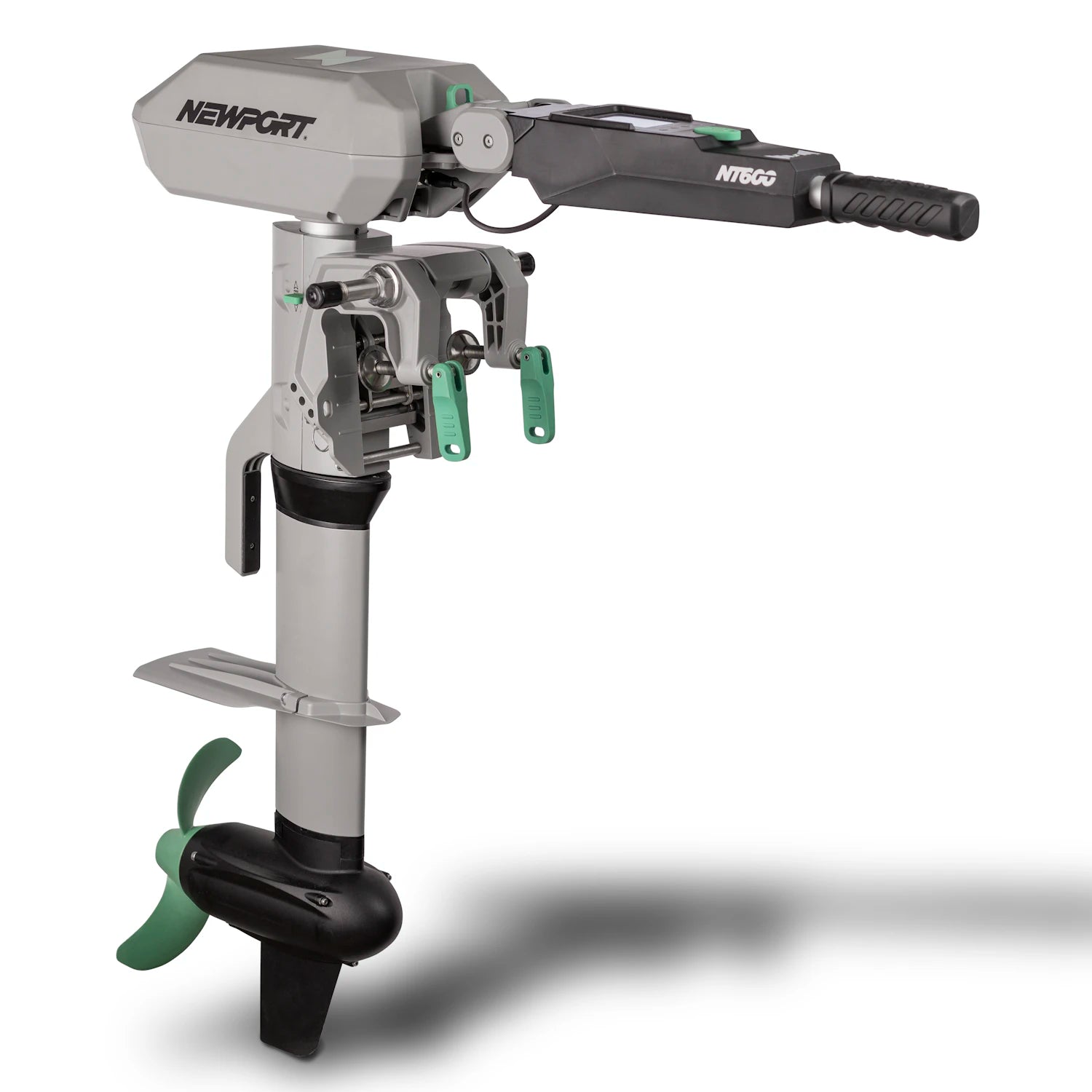
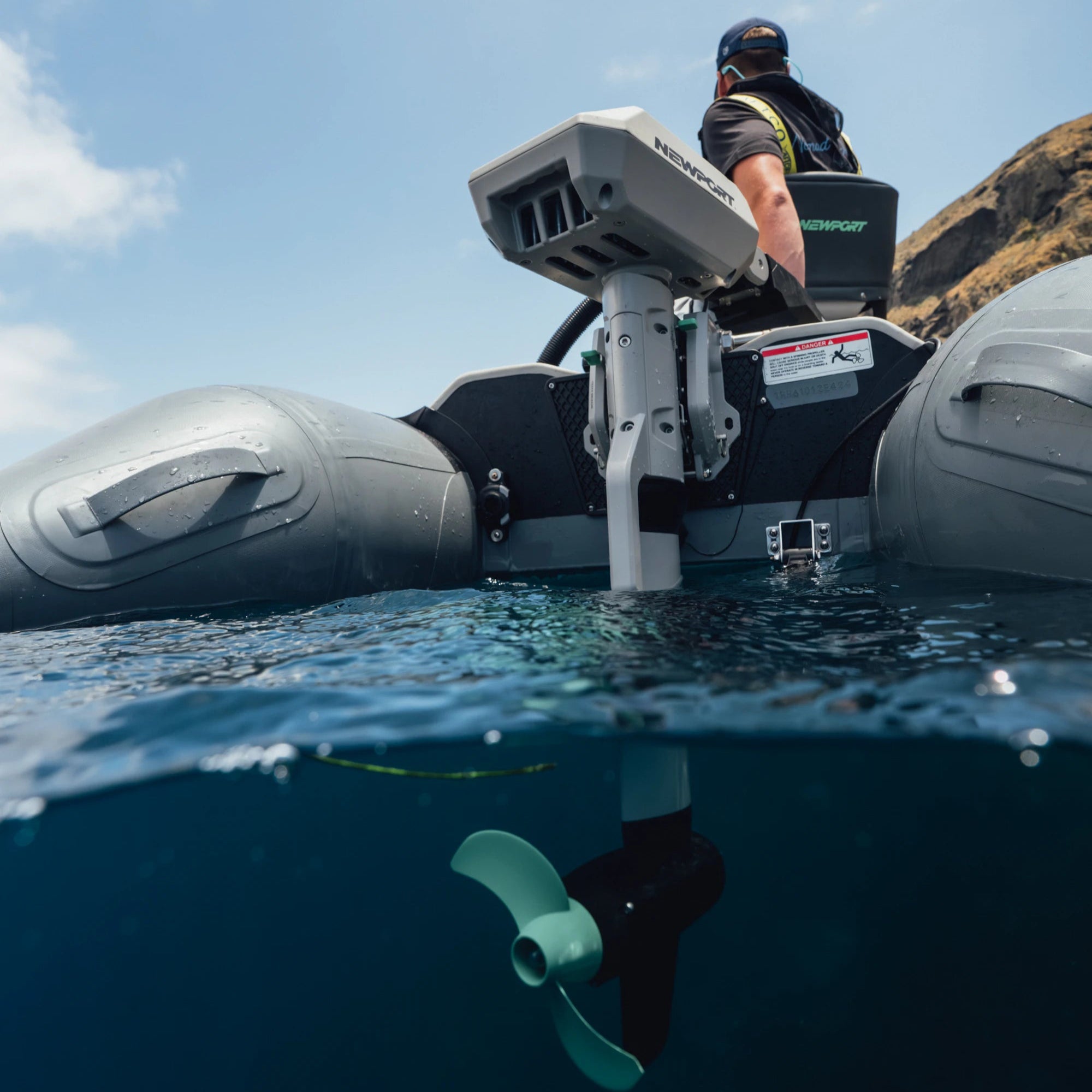
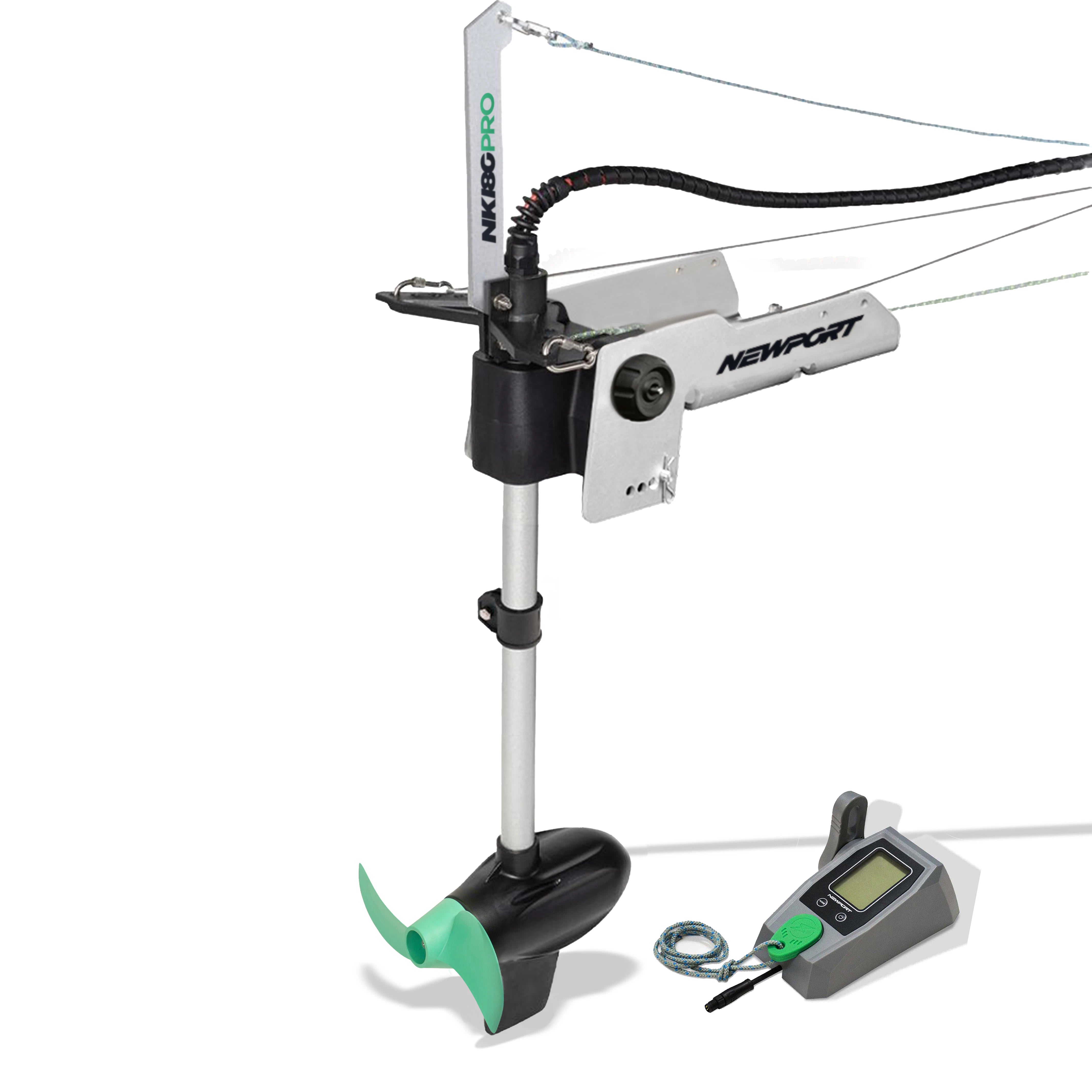
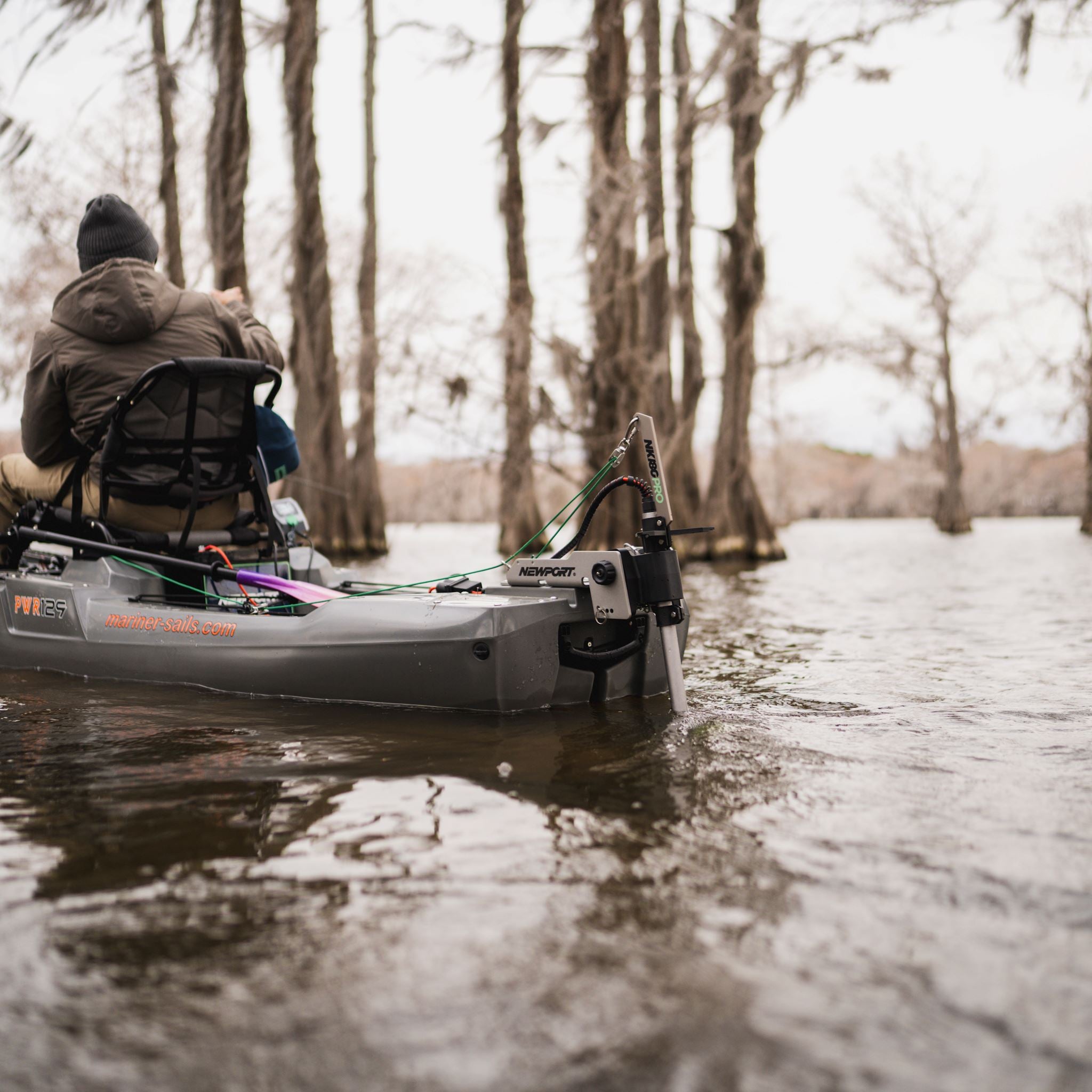
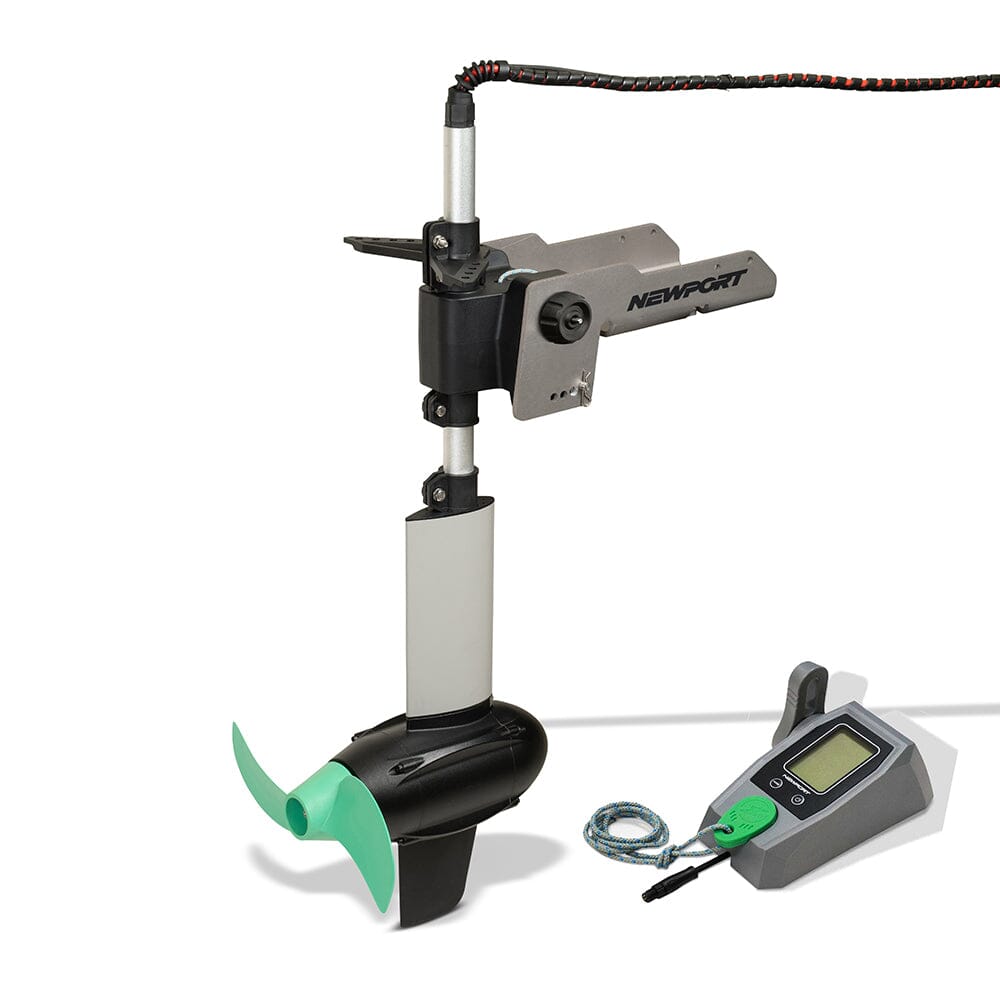
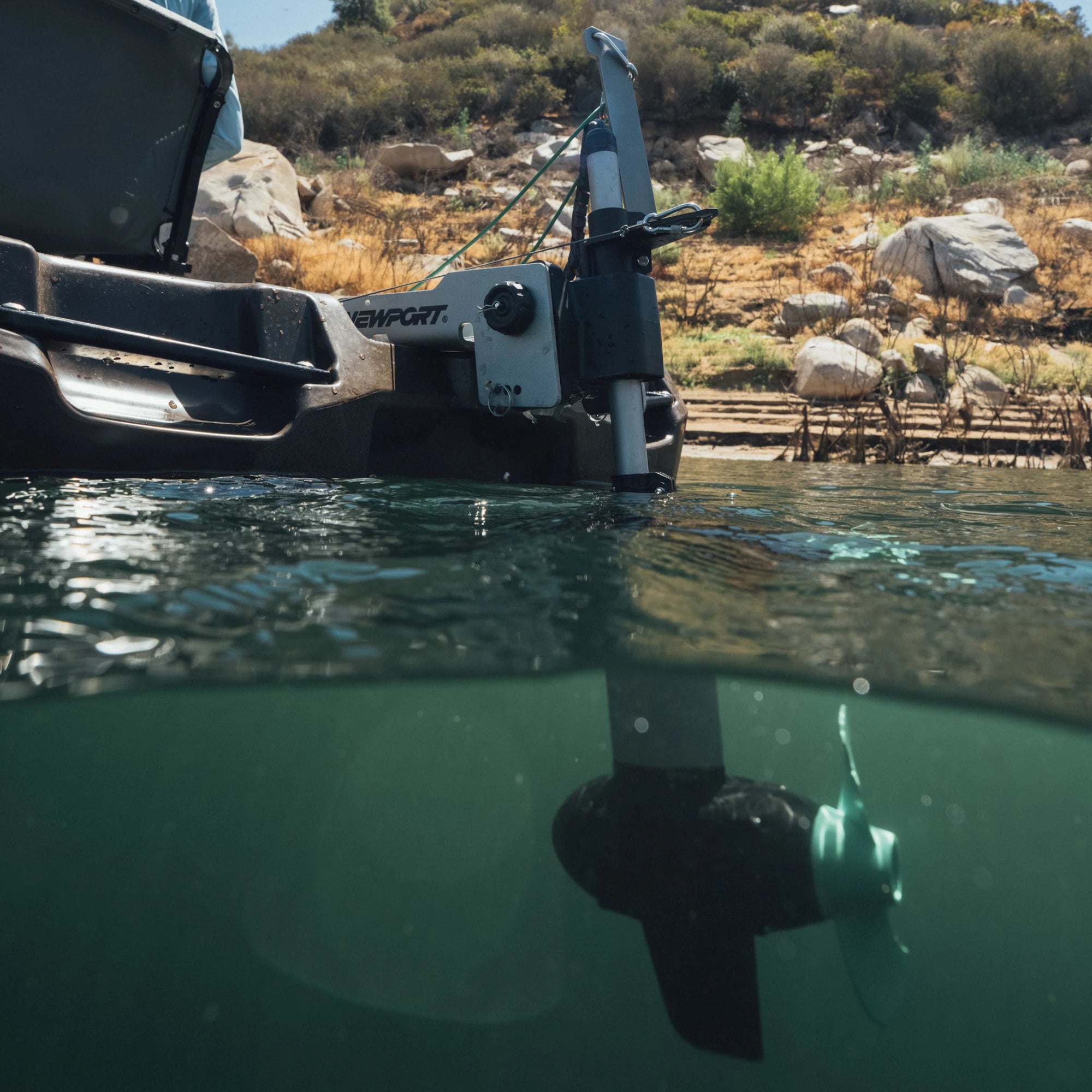





Leave a comment